How To Hide Gold From Metal Detectors?
Hiding Gold from Metal Detectors: Practical Strategies and Considerations
In a world where metal detectors are increasingly used for security, treasure hunting, and even hobbyist exploration, the question of how to hide gold from these devices has become a topic of interest for many. Whether you are a collector, a security-conscious individual, or someone with a unique need to conceal gold, understanding the principles behind metal detection and the methods to evade it can be invaluable. This article delves into the practical strategies and considerations for hiding gold from metal detectors, providing a comprehensive guide to achieving this goal.
Understanding Metal Detectors

Before diving into the methods of hiding gold, it is essential to understand how metal detectors work. Metal detectors operate on the principle of electromagnetic induction. They emit an electromagnetic field from a coil, which induces an electric current in any conductive metal object within its range. This current generates its own magnetic field, which the detector senses, triggering an alert.
Gold, being a highly conductive metal, is easily detected by metal detectors. Therefore, the challenge lies in either shielding the gold from the electromagnetic field or using techniques to mask its presence.
Practical Strategies for Hiding Gold

1. Use of Non-Metallic Containers
One of the simplest methods to hide gold from metal detectors is to place it in non-metallic containers. Materials such as plastic, wood, or ceramic do not conduct electricity and therefore do not trigger metal detectors. By encasing gold in such materials, you can effectively shield it from detection.
Considerations:
- Ensure the container is thick enough to prevent any electromagnetic leakage.
- Avoid using containers with any metal parts, such as screws or hinges, which could still be detected.
2. Burying Gold Deep Underground
Metal detectors have a limited depth range, typically between 6 to 12 inches for most consumer-grade models. Burying gold deeper than this range can help avoid detection. For added security, you can use natural barriers such as rocks or tree roots to further obscure the gold.
Considerations:
- Be aware of the soil composition, as highly mineralized soil can affect the detector's performance.
- Mark the location discreetly to ensure you can retrieve the gold later.
3. Using Metal Masking Techniques
Another effective method is to mask the gold with other metals. By placing gold alongside metals that have similar or stronger electromagnetic signatures, you can confuse the metal detector. Common metals used for this purpose include aluminum and iron.
Considerations:
- Ensure the masking metal is abundant enough to overshadow the gold's signature.
- Be cautious of the weight and bulk of the combined metals, which could raise suspicion.
4. Employing Electromagnetic Shielding
Electromagnetic shielding involves using materials that block or attenuate electromagnetic fields. Faraday cages, made from conductive materials like copper or aluminum mesh, can effectively shield gold from metal detectors. By placing gold inside a Faraday cage, you can prevent the electromagnetic field from reaching it.
Considerations:
- Construct the Faraday cage carefully to ensure there are no gaps or weak points.
- Test the effectiveness of the cage with a metal detector before relying on it.
5. Camouflaging Gold with Everyday Objects
Hiding gold within everyday objects that are unlikely to be scrutinized can be an effective strategy. For example, gold can be concealed inside electronic devices, household appliances, or even within the walls of a home. The key is to choose objects that are common and unassuming.
Considerations:
- Ensure the object does not contain other metals that could be detected.
- Be mindful of the object's accessibility for future retrieval.
Legal and Ethical Considerations

While the methods discussed can be effective in hiding gold from metal detectors, it is crucial to consider the legal and ethical implications. In many jurisdictions, concealing valuable items to evade detection can be illegal, especially in contexts such as airport security or customs. Additionally, ethical considerations should guide your actions, ensuring that your intentions are lawful and morally sound.
Practical Applications and Scenarios

Collectors and Hobbyists
For collectors and hobbyists, hiding gold from metal detectors can be a way to protect valuable items from theft or loss. By using the methods outlined, you can safeguard your collection while ensuring it remains accessible for future enjoyment.
Security-Conscious Individuals
Individuals concerned about home security may use these techniques to hide gold and other valuables from potential burglars. By employing non-metallic containers, burying items, or using everyday objects as camouflage, you can enhance the security of your possessions.
Treasure Hunters
Treasure hunters often face the challenge of detecting gold in areas with high levels of metal debris. Understanding how to mask gold from metal detectors can provide a strategic advantage, allowing for more efficient and targeted searches.
Hiding gold from metal detectors requires a combination of knowledge, strategy, and careful execution. By understanding the principles of metal detection and employing practical methods such as non-metallic containers, deep burial, metal masking, electromagnetic shielding, and camouflaging, you can effectively conceal gold from detection. However, it is essential to remain mindful of legal and ethical considerations, ensuring that your actions are both lawful and morally sound.
Whether you are a collector, a security-conscious individual, or a treasure hunter, the strategies outlined in this article provide a comprehensive guide to hiding gold from metal detectors. By applying these techniques thoughtfully and responsibly, you can achieve your goal of concealing gold while navigating the complexities of modern detection technology.








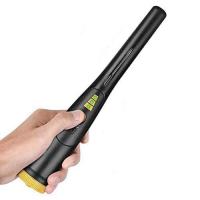




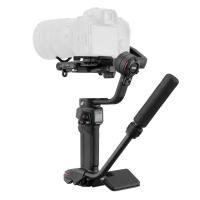








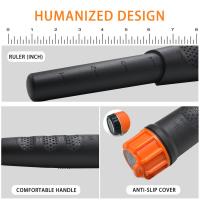






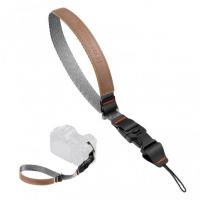
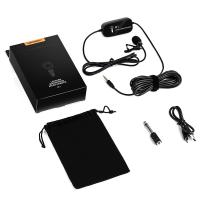
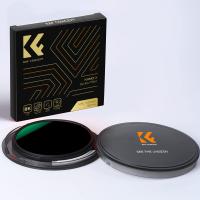






There are no comments for this blog.